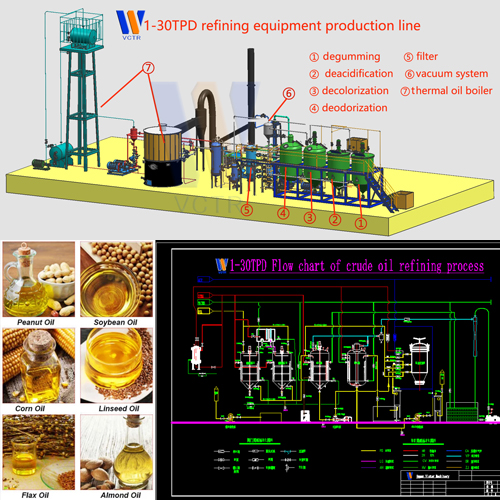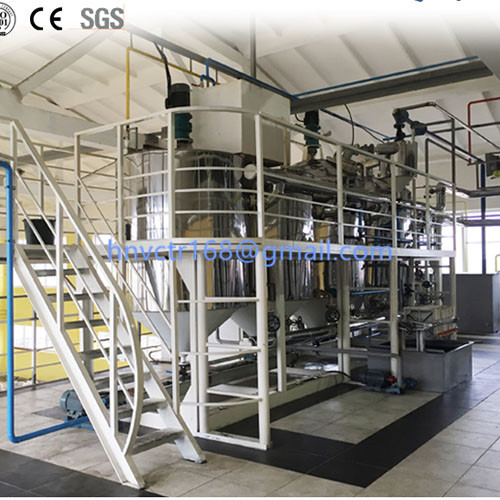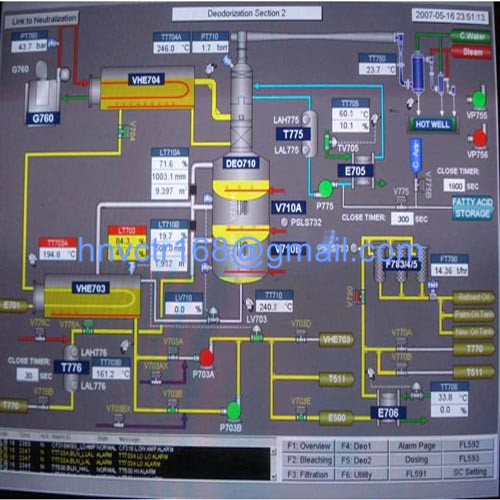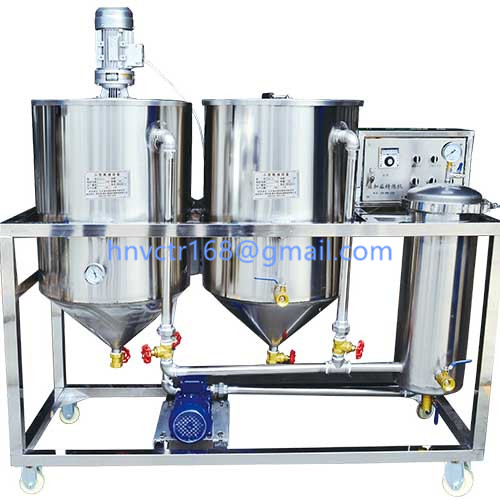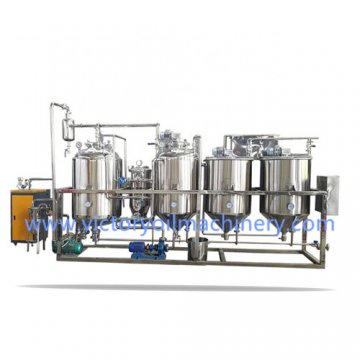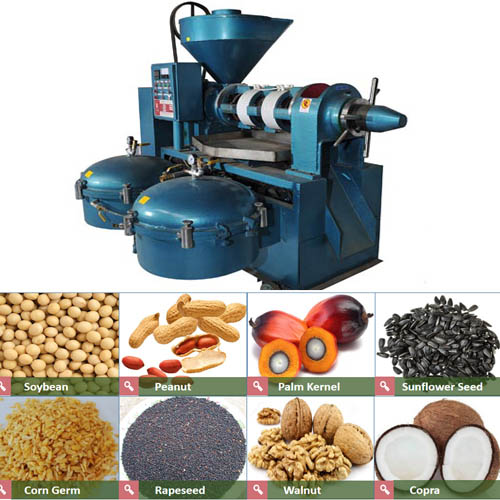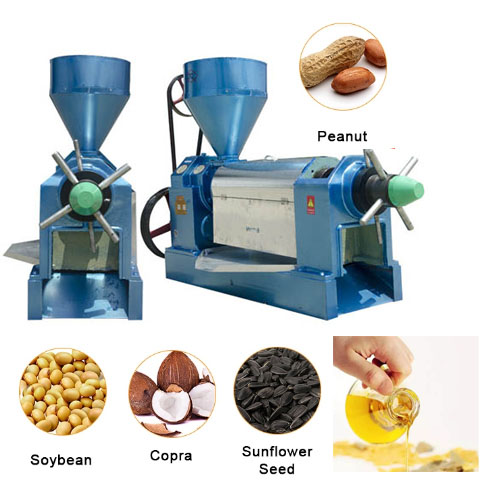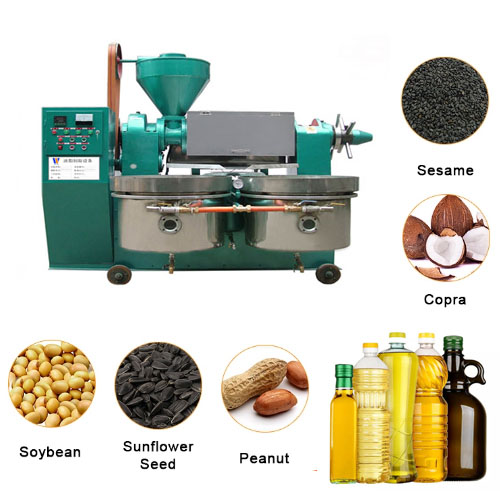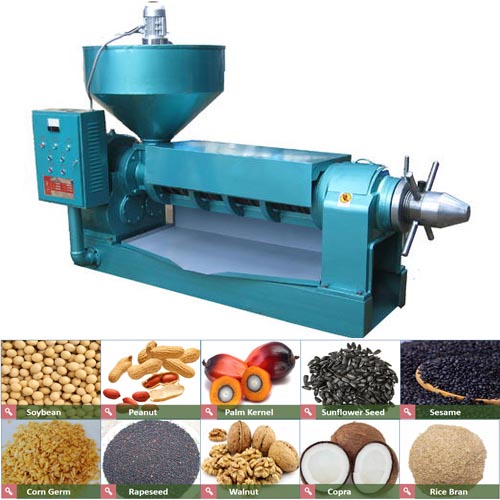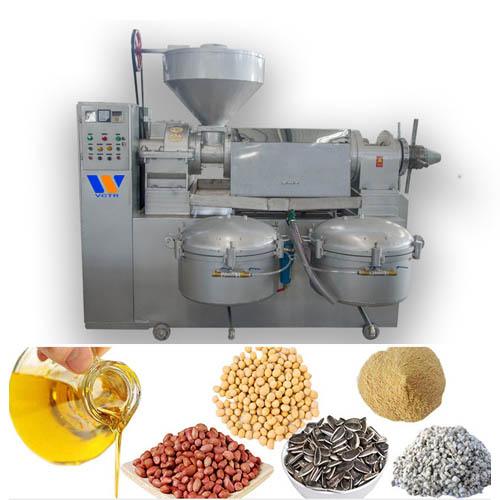Ventilation and dust removal of control dust in grain factory warehouse(Part 2)
Type of suction hood
The suction hood is an important part of the ventilation and dust removal network. Its performance directly affects the economic benefits of the ventilation and dust removal network. If the design is reasonable, a small suction volume can achieve good results; on the contrary, a large suction volume can not achieve the expected purpose.
Pay attention to the following points when designing the suction hood:
1) Surround or be close to the dust source as much as possible, so that the spread of dust is restricted to a minimum;
2) Should not hinder operation and maintenance;
3) The suction direction should be as consistent as possible with the movement direction of dusty air;
4) It is not advisable to be close to open orifices, such as observation holes and operation holes, to avoid inhaling air that is not related to dust removal;
5) In order to make the air flow in the hood uniform, the contraction angle of the suction hood should not be greater than 60°;
6) In order to prevent the intact grains and other materials from being sucked away, the wind speed of the cover is adopted: for grains, 3~5m/s; for powder, 0.5~1.5m/s.
In the dust removal project, when the dust source does not have a tighter dust-proof enclosure, the suction hood is connected with the dust-proof enclosure and is called a closed suction hood. Its characteristic is that the dust source that produces dust is partially or completely closed, and the dust is restricted in a small space. For example, the fume hoods and sieve airtight cabinets in chemical laboratories belong to this category. Experience has shown that even if there are openings or gaps in the dust-proof enclosure, the dust concentration near the dust source can be greatly reduced.
If the machinery and equipment cannot be sealed due to the limitation of the process conditions, the suction hood can only be set near the dust source (upper, lower or side) and rely on the negative pressure of the ventilator to suck away the dusty air.This kind of suction hood is called an open suction hood or an external suction hood.
The suction hood creates an appropriate air flow speed (that is, control wind speed or suction speed) at the dust emission point (ie control point) closest to the suction hood opening through the suction effect of the cover surface.It can be seen that the air velocity at a point outside the suction hood is inversely proportional to the square of the distance from that point to the suction port. This shows that as the distance from the control point to the suction hood increases, the air flow rate at the control point will quickly decay. Therefore, arrange the suction hood as close to the dust source as possible.
If the mouth of the suction hood is set on the wall, because the suction range is limited, its constant velocity surface will be a semi-ellipsoidal surface, and its air volume will be half of the above situation. In other words, to create the same suction speed at the same distance, the air volume of the freely set suction hood should be twice as large as the one set against the wall. Therefore, when designing the suction hood, try to reduce the suction range.
The suction hood is an important part of the ventilation and dust removal network. Its performance directly affects the economic benefits of the ventilation and dust removal network. If the design is reasonable, a small suction volume can achieve good results; on the contrary, a large suction volume can not achieve the expected purpose.
Pay attention to the following points when designing the suction hood:
1) Surround or be close to the dust source as much as possible, so that the spread of dust is restricted to a minimum;
2) Should not hinder operation and maintenance;
3) The suction direction should be as consistent as possible with the movement direction of dusty air;
4) It is not advisable to be close to open orifices, such as observation holes and operation holes, to avoid inhaling air that is not related to dust removal;
5) In order to make the air flow in the hood uniform, the contraction angle of the suction hood should not be greater than 60°;
6) In order to prevent the intact grains and other materials from being sucked away, the wind speed of the cover is adopted: for grains, 3~5m/s; for powder, 0.5~1.5m/s.
In the dust removal project, when the dust source does not have a tighter dust-proof enclosure, the suction hood is connected with the dust-proof enclosure and is called a closed suction hood. Its characteristic is that the dust source that produces dust is partially or completely closed, and the dust is restricted in a small space. For example, the fume hoods and sieve airtight cabinets in chemical laboratories belong to this category. Experience has shown that even if there are openings or gaps in the dust-proof enclosure, the dust concentration near the dust source can be greatly reduced.
If the machinery and equipment cannot be sealed due to the limitation of the process conditions, the suction hood can only be set near the dust source (upper, lower or side) and rely on the negative pressure of the ventilator to suck away the dusty air.This kind of suction hood is called an open suction hood or an external suction hood.
The suction hood creates an appropriate air flow speed (that is, control wind speed or suction speed) at the dust emission point (ie control point) closest to the suction hood opening through the suction effect of the cover surface.It can be seen that the air velocity at a point outside the suction hood is inversely proportional to the square of the distance from that point to the suction port. This shows that as the distance from the control point to the suction hood increases, the air flow rate at the control point will quickly decay. Therefore, arrange the suction hood as close to the dust source as possible.
If the mouth of the suction hood is set on the wall, because the suction range is limited, its constant velocity surface will be a semi-ellipsoidal surface, and its air volume will be half of the above situation. In other words, to create the same suction speed at the same distance, the air volume of the freely set suction hood should be twice as large as the one set against the wall. Therefore, when designing the suction hood, try to reduce the suction range.

